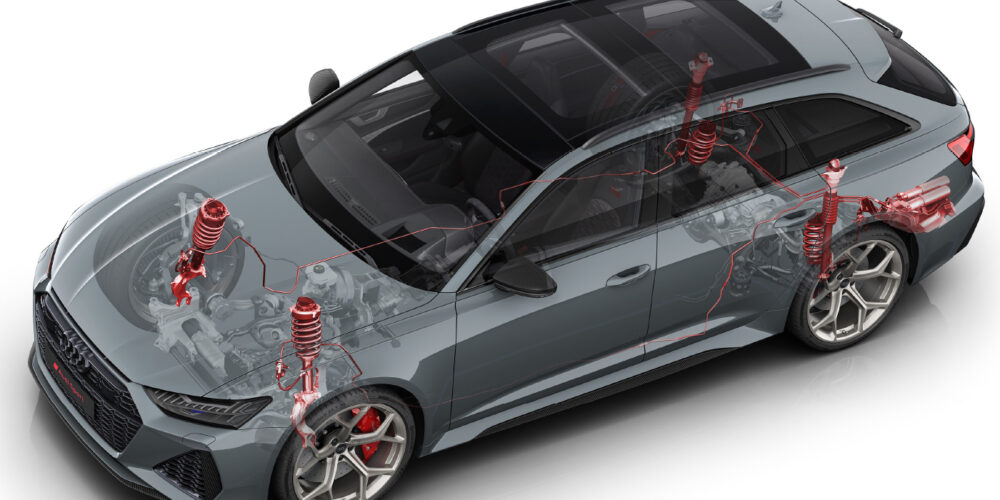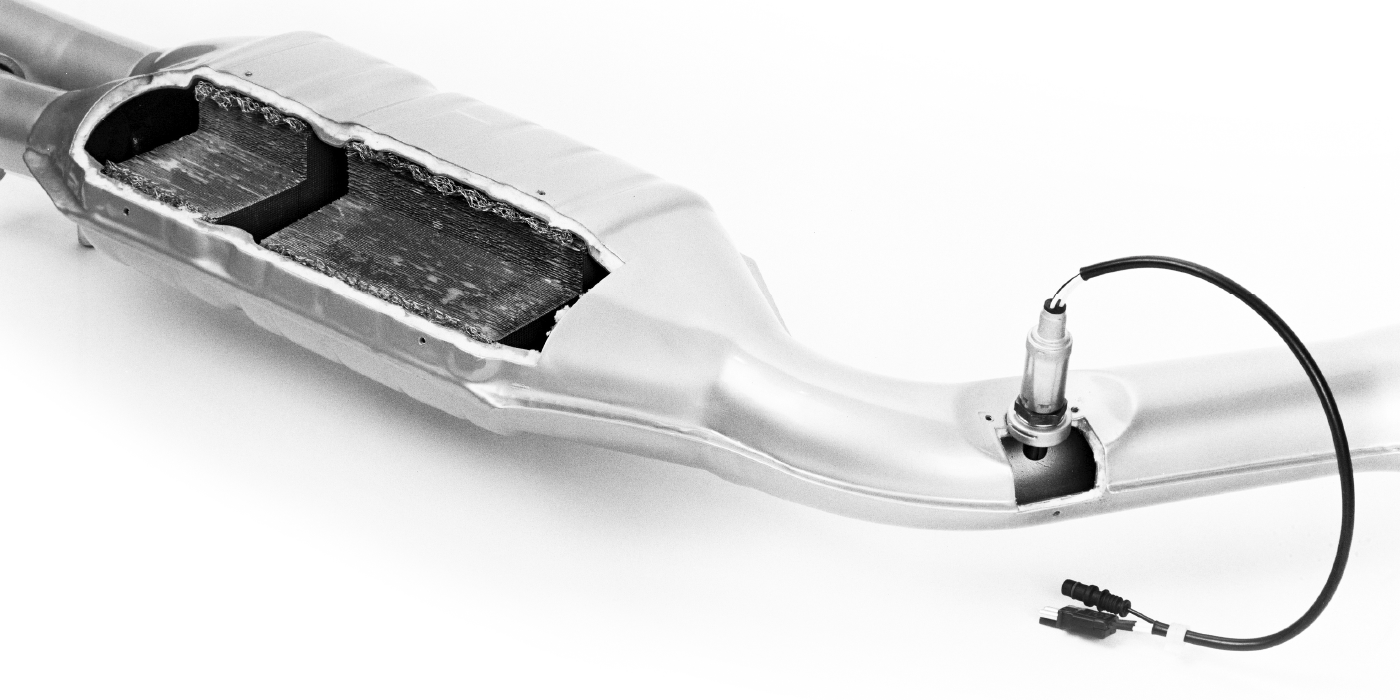 As winter weather approaches, motorists should be checking the level, strength and condition of the antifreeze in their cooling systems. Trouble is, most don’t! Coolant has become a “forgotten fluid” thanks to long life additives that allow antifreeze to last upward of 5 years or 150,000 miles. To many people, that seems like forever – but it isn’t.
As winter weather approaches, motorists should be checking the level, strength and condition of the antifreeze in their cooling systems. Trouble is, most don’t! Coolant has become a “forgotten fluid” thanks to long life additives that allow antifreeze to last upward of 5 years or 150,000 miles. To many people, that seems like forever – but it isn’t.
Over time, the corrosion inhibitors in antifreeze are used up. As the coolant chemistry changes, bad things start to happen inside the cooling system. Corrosion can attack radiators, heater cores, water pumps, thermostats, head gaskets and even hoses. Eventually, something fails and the system starts to leak. And once that happens, it isn’t long before the engine overheats.
According to AAA, about 10 percent of the 32 million roadside service calls they received last year from motorists were due to coolant-related breakdowns. This includes things like engine overheating caused by loss of coolant, a leaky radiator or heater hose, stuck thermostat, bad water pump, etc. Many of these breakdowns could have been prevented by proper cooling system maintenance.
Numerous Car Care Council inspections over the years have consistently shown that most motorists pay little or no attention to their coolant. On average, one out of every five vehicles will have a coolant-related issue such as a low coolant level, worn-out coolant that is overdue for replacing, wrong coolant mixture (too much or not enough antifreeze for proper freezing/boilover protection) or a leak.
What can you do to help your customers avoid coolant-related problems?
You can start by reminding them that “long life” coolants are not “lifetime” coolants. All coolants have a limited service life and must eventually be replaced. The service life will depend on time, mileage and type of antifreeze.
Traditional “green” formula antifreeze has the shortest service life of all coolants, typically two to three years or 30,000 to 50,000 miles. By comparison, most extended life coolants are good for five to seven years or 100,000 to 150,000 miles depending on the antifreeze.
At the very least, motorists should follow the recommended coolant service intervals by the vehicle manufacturer, which can be found in their owners manual or factory service schedule.
Motorists should check the level in the coolant reservoir every six months or when the oil is changed. If the level is low, a 50/50 blend of antifreeze and distilled or deionized water, or 50/50 premixed coolant, should be added to the reservoir to bring the level up to the appropriate FULL mark (which will vary depending if the coolant is hot or cold).
Once a year, the strength of the coolant also should be checked with a floating ball gauge, hydrometer or refractometer to make sure the concentration of antifreeze is high enough to prevent freezing. A 50/50 mixture of ethylene glycol antifreeze and water will prevent freezing down to -34 degrees F.
Article courtesy Counterman.














